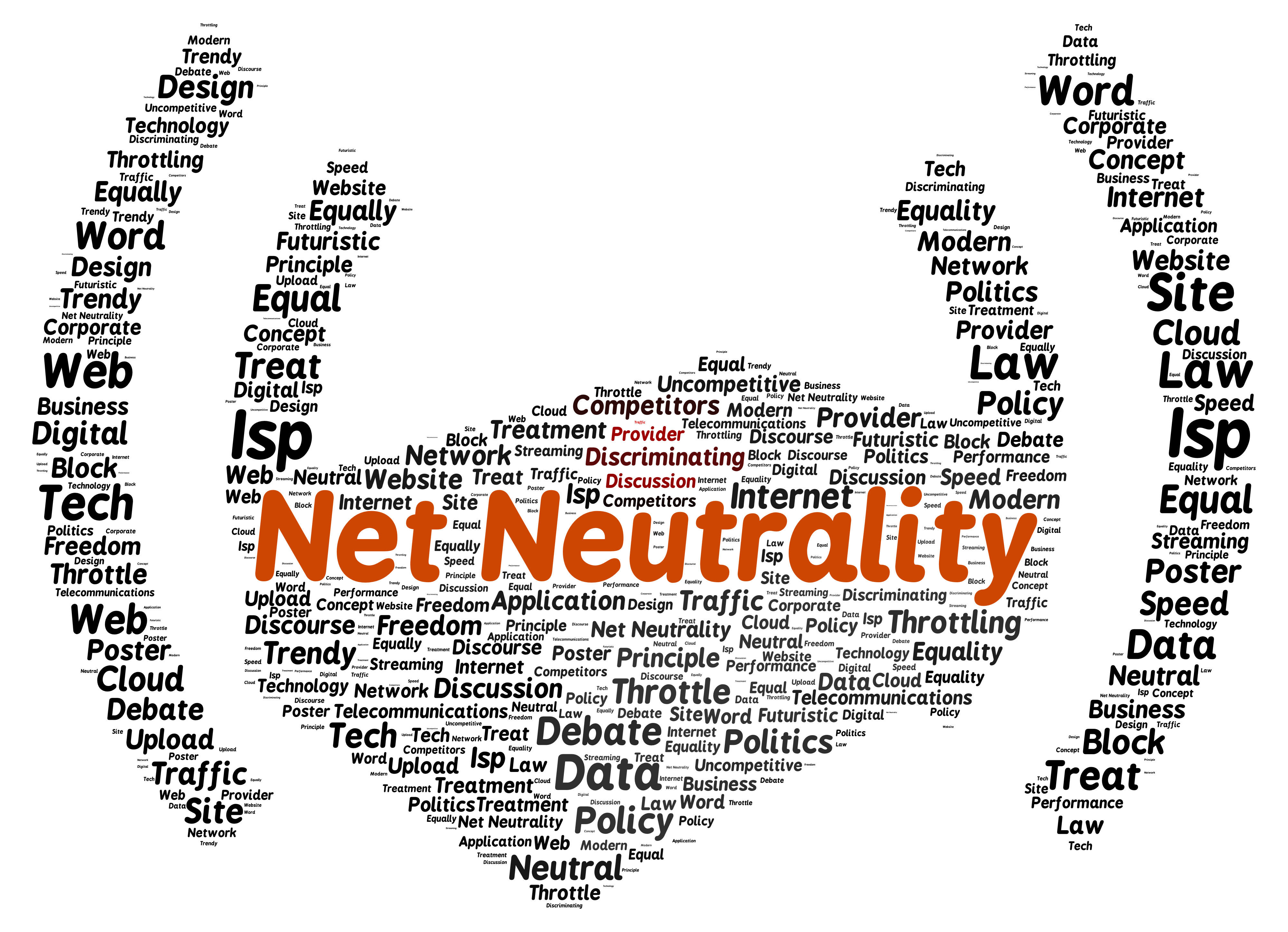As has been anticipated since Democrats took over the majority of Commissioner slots on the FCC, the network neutrality rules originally brought to bear during the Obama Administration and then removed during the Trump years, will be back. Regardless of how you feel about the regulatory burden that this transition places will again place upon the ISPs, one thing that is indisputable is that the internet as regulated in 2015 is a completely different animal now than it was when. Just like it used to be easy to understand the technology evolution as analog moved to digital, the word “internet,” which was the definition of a lifeline particularly during the pandemic, has so many different meanings, that “defining what the new 400 pages of net neutrality rules are designed to regulate” may become its own cottage industry. But there is no doubt that the internet has evolved into a utility requiring a greater level of regulation and oversight than currently exists.
In the short term, once the rules are enacted (there’s no date for this yet) and become enforceable, the blocking of content, paid prioritization of content (sort of) and throttling of email (I find it particularly annoying when emails come in in clumps, although I recognize that I can only read one at a time, but still...) will be a thing of the past, so long as courts don’t intervene. For the enterprise, paid prioritization may well remain in place, and with the new rule coming in at over 400 pages, there are exceptions and exemptions. However, since litigation is anticipated, and since the document has yet to be printed in the Federal Register, how these exemptions may work is simply something to watch. The short answer is that at the moment, we just don’t know.
Very few things are black and white. Absolutes are hard—if not impossible—to come by. The same can be said when looking to define what the word “internet” means. Back in the day, the internet, at its most basic level, was a connection of pipes (be they virtual or physical) that connected users not only to each other, but to an increasingly vast supply of information, from the critical to the mundane. As the underlying technologies improved, the number of processes/systems (and by this, I mean primarily voice and video content including capacity hogs like gaming) that migrated to the internet and away from traditional communications network technologies (like, for example, MPLS) increased because the internet was not only reliable as it supported new and increasingly sophisticated applications, but it was also cheaper to use. Combined with the rise in IoT devices, the internet has simply become ubiquitous. Those who don’t have reliable access to it are at a marked disadvantage, whether they rely on connectivity to manage business banking or play Borderlands 2.
During the pandemic, the gaps between those who had reliable access and those who did not were exacerbated. Many branch libraries, for example, kept their hot spots operational after closing hours so that people who otherwise didn’t have reliable access—if any access at all—could jump online and do what needed to be done. During this time, the need for reliable access became more critical than it had ever been. Most people had access to it. But for those who did not, government-supported access became what many viewed as the only alternative.
Private companies, whether they’re large or small, are responsible to shareholders, and the argument has long been that providing internet access in areas where it is not financially feasible (read: unacceptable ROI) is not an option. So while 97% of New Yorkers, for example, have broadband access, 3% do not. Would we deny those people electricity because it’s not cost-effective? Hardly. Access to broadband access should be viewed the same way.
However, the next big challenge will be how the word “internet” is defined for regulatory purposes. Complicating this matter is the claim, which may likely be valid, that the concept of network slicing will add a complicating factor. Although it’s not yet a reality anywhere, network slicing technology is expected to run sophisticated next-gen apps including, according to a recent article in The Washington Post, “autonomous vehicles to self-regulating factories to remote surgeries via robot arms to ultrarealistic video games, all of which will rely on the slices’ ability to operate as ‘fast lanes’ with high speeds and low lag times.”
While there remains much to untangle and sort through, the network slicing question requires an understanding of whether network slicing, and the devices that rely upon it to function, qualify as exempt from regulation. This is yet an unknown because the way that 5G has been designed should enable separate networks at different speeds and latencies (and latency is an issue of critical importance for both autonomous vehicles and heart monitors where time is absolutely of the essence). As such, is a segment of a 5G connection subject to regulation under provisions of net neutrality? Undetermined at this point.
There is much that’s yet to be determined, including the date at which the blocking, throttling and paid prioritization as we currently experience them will end. What’s important at this point is awareness of what may change, and consideration of what could.










